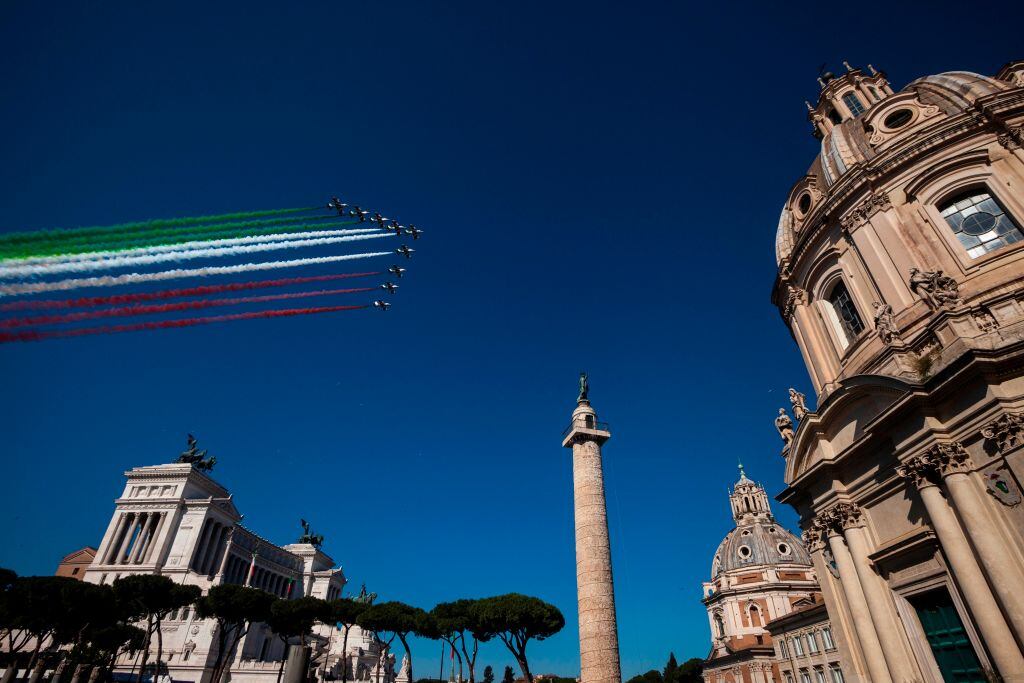ROME — Italian state shipyard Fincantieri and its French counterpart Naval Group signed a long-planned deal in June to create a joint venture to build and market naval vessels, with a “European patrol corvette” in the works.
But away from the limelight, Italy’s long-standing cooperation with Germany’s naval industry to build submarines is picking up speed with news that Fincantieri will build four more U-212 submarines for the Italian Navy under license from Thyssenkrupp Marine Systems.
With four already in service, that will bring to a total of eight the U-212 boats Italy has built in partnership with Germany, and the next batch is expected to be an updated version.
Click here to see the Top 100 global defense companies.
Known as the U-212A Near Future Submarine, or NFS, the next four subs will feature a large amount of new technology supplied by Italian industry, further blending Italian and German know-how and proving that integration of the European naval industry is not just an Italo-French affair.
“The main design is similar to the earlier submarines to keep logistics costs down, but there has been a lot of work with Italian industry on upgrading capabilities, which will also help improve the country’s industrial base,” an Italian defense source said.
This year’s Italian defense budget, which was published this month, claims the overall cost of four NFS vessels will be €2.35 billion (U.S. $2.65 billion), while the source said the contract with Fincantieri for the first pair would be signed by year’s end.
The signing would put an end to French reports that Naval Group is informally pitching its Scorpene attack submarine to Italy in hopes Rome considers switching from the U-212.
RELATED

The U-212’s reputation is based on its air-independent propulsion system, which is powered by hydrogen and oxygen fuel cells and allows lengthy spells underwater as well as extremely quiet passage.
The AIP system remains in the NFS version, but Italian industry has been called in to develop a new lithium-ion battery rather than a lead-acid one. “It’s 100 percent Italian, it has taken three years of research and development to perfect, and it is better-performing than previous batteries,” the source said. “Italy will be the first navy in Europe to adopt lithium ion.”
A new fluoropolymer coating for the hull, which reduces encrustation to cut down on drag, is also being applied, while the hydrodynamics of the vessel is being improved through adjustments to the design of the bow.
“Thanks to the battery, the paint, the bow and improvements to the fuel cells, the autonomy of the new submarine will be greater,” the source said.
The NFS will be slightly longer, in part to accommodate an extra antenna to provide electronic warfare capability, while all antennas will be raised using electric systems instead of hydraulics — with the update provided by Italian firm Calzoni.
The Italian Navy is considering Italian-built options for a new combat management system and electronic warfare capabilities, while the new subs will be designed to be able to fire missiles from their torpedo tubes.
The source said a new emergency surfacing system will be Italian — not German, as with the previous subs.
With the first NFS due in service in 2025, Italy will be able to retire its older, Sauro-class submarines, while keeping its fleet at eight subs, which is Italy’s national requirement for its underwater fleet.
“The aim of involving Italian industry on the NFS was to boost the possibility that Italy can now export systems built for submarines, starting with the battery,” the source said.
Tom Kington is the Italy correspondent for Defense News.







